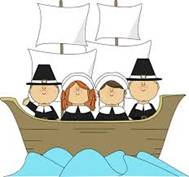 Thanksgiving can be traced back to 1863 when Lincoln became the first president to proclaim Thanksgiving Day. The holiday has been a fixture of late November ever since. The Pilgrims who sailed to this country aboard the Mayflower were originally members of the English Separatist Church. They had earlier fled their home in England and sailed to Holland (The Netherlands) to escape religious persecution. Seeking a better life, the Separatists negotiated with a London stock company to finance a pilgrimage to America.
Thanksgiving can be traced back to 1863 when Lincoln became the first president to proclaim Thanksgiving Day. The holiday has been a fixture of late November ever since. The Pilgrims who sailed to this country aboard the Mayflower were originally members of the English Separatist Church. They had earlier fled their home in England and sailed to Holland (The Netherlands) to escape religious persecution. Seeking a better life, the Separatists negotiated with a London stock company to finance a pilgrimage to America.
The Pilgrims set ground at Plymouth Rock on December 11, 1620. Their first winter was devastating. They lost 46 of the original 102 who sailed on the Mayflower. But the harvest of 1621 was a bountiful one. And the remaining colonists decided to celebrate with a feast – including 91 native Americans who had helped the Pilgrims survive their first year. It is believed that the Pilgrims would not have made it through the year without the help of the native Americans. The feast was more of a traditional English harvest festival and lasted three days.
It was Sarah Josepha Hale, a magazine editor, whose efforts eventually led to what we recognize as Thanksgiving today. Hale wrote many editorials championing her cause in her Boston Ladies’ Magazine, and later, in Godey’s Lady’s Book. Finally, after a 40-year campaign of writing editorials and letters to governors and presidents, Hale’s obsession became a reality when, in 1863, President Lincoln proclaimed the last Thursday in November as a national day of Thanksgiving.
 In 1941, Thanksgiving was finally sanctioned by Congress as a legal holiday, as the fourth Thursday in November.
In 1941, Thanksgiving was finally sanctioned by Congress as a legal holiday, as the fourth Thursday in November.
To Learn more about the history and traditions of this holiday go to:
http://www.history.com/topics/thanksgiving/videos#history-of-the-thanksgiving-holiday. Find fun activities to do with the children here:
http://www.pinterest.com/aupairinamerica/fall-halloween-thanksgiving/

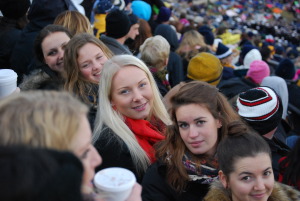
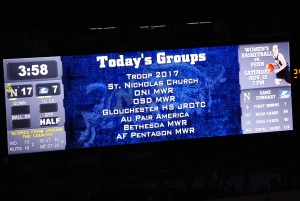

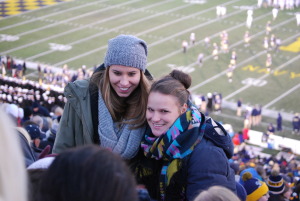
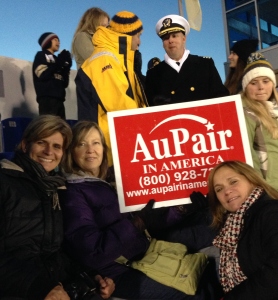
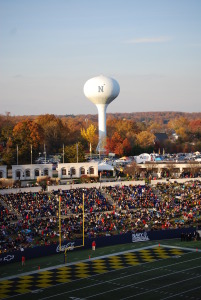

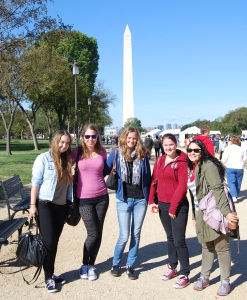
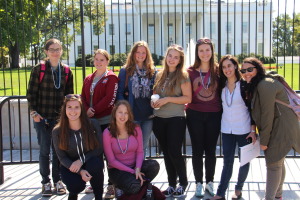
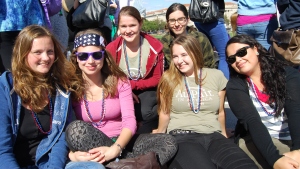
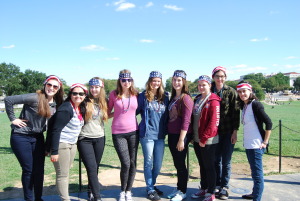
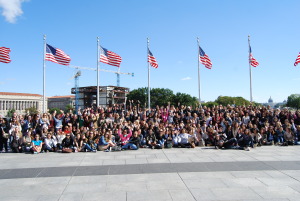
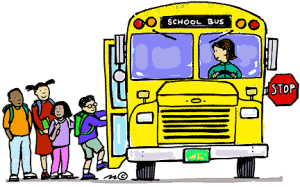
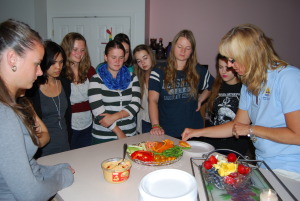 The Annapolis cluster had the privilege of having Tammy Turner from Annapolis Pediatrics educate my au pairs on how to get picky eaters to eat their fruits and veggies. Tammy suggested eating a “rainbow” every day and keeping track of the colors each day as a way of making eating healthy fun and exciting. For example, Mondays could be blue and purple and another day could be yellow and orange. Choosing a variety of veggies such as squash, sugar snap peas and yellow grape tomatoes adds color to their plate. Picking fruits that look interesting like kiwi or mangoes teaches children that there are many different kinds of fruits to choose from.
The Annapolis cluster had the privilege of having Tammy Turner from Annapolis Pediatrics educate my au pairs on how to get picky eaters to eat their fruits and veggies. Tammy suggested eating a “rainbow” every day and keeping track of the colors each day as a way of making eating healthy fun and exciting. For example, Mondays could be blue and purple and another day could be yellow and orange. Choosing a variety of veggies such as squash, sugar snap peas and yellow grape tomatoes adds color to their plate. Picking fruits that look interesting like kiwi or mangoes teaches children that there are many different kinds of fruits to choose from. 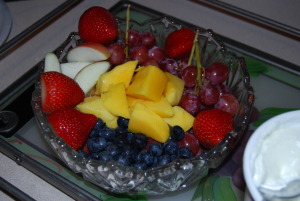 So while they may not like a certain fruit they may really enjoy something else. It’s all about exposing your children to different foods to get them to try something new. Suggestions were provided on snacks you can make days in advance in less than 5 minutes! The au pairs were invited to try veggies alone or dipped in roasted pepper hummus or fruit paired with Greek Vanilla yogurt. A great website to give au pairs other suggestions may be found at
So while they may not like a certain fruit they may really enjoy something else. It’s all about exposing your children to different foods to get them to try something new. Suggestions were provided on snacks you can make days in advance in less than 5 minutes! The au pairs were invited to try veggies alone or dipped in roasted pepper hummus or fruit paired with Greek Vanilla yogurt. A great website to give au pairs other suggestions may be found at 
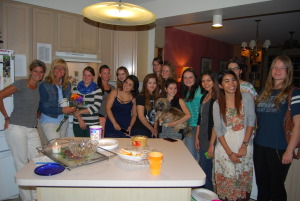

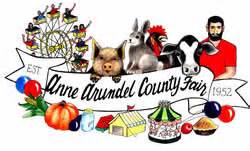 The Anne Arundel County Fair is an annual event held in Crownsville, Maryland that dates back to 1953. The fair includes a full range of entertainment for the whole family including carnival rides and games, animal exhibits, monster trucks, pony rides, garden tractor pulls, pig races, pie eating contests, a talent show, live music and much more. The Fair will be held from Sept. 10-14th this year. Hours are 10 a.m. to 11 p.m. Sept. 10-12 and 9 a.m. to 11 p.m. Sept. 13-14. For more information visit their website at:
The Anne Arundel County Fair is an annual event held in Crownsville, Maryland that dates back to 1953. The fair includes a full range of entertainment for the whole family including carnival rides and games, animal exhibits, monster trucks, pony rides, garden tractor pulls, pig races, pie eating contests, a talent show, live music and much more. The Fair will be held from Sept. 10-14th this year. Hours are 10 a.m. to 11 p.m. Sept. 10-12 and 9 a.m. to 11 p.m. Sept. 13-14. For more information visit their website at:  Here are some interesting fact about the upcoming Labor Day holiday that you may not know. Below are some tips on what you can do with your children to celebrate from cooking recipes to coloring pages. Use this time to engage is some cultural sharing with your families.
Here are some interesting fact about the upcoming Labor Day holiday that you may not know. Below are some tips on what you can do with your children to celebrate from cooking recipes to coloring pages. Use this time to engage is some cultural sharing with your families.

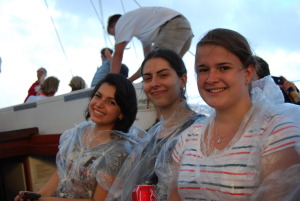
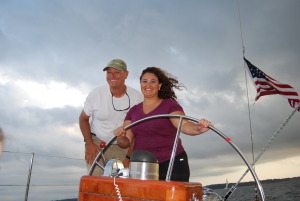
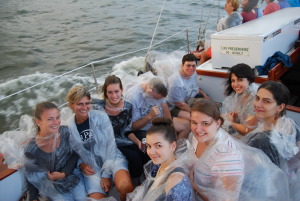

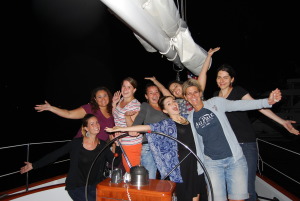 The Annapolis cluster au pairs went sailing in Annapolis this past Friday on the Woodwind Schooner (
The Annapolis cluster au pairs went sailing in Annapolis this past Friday on the Woodwind Schooner (